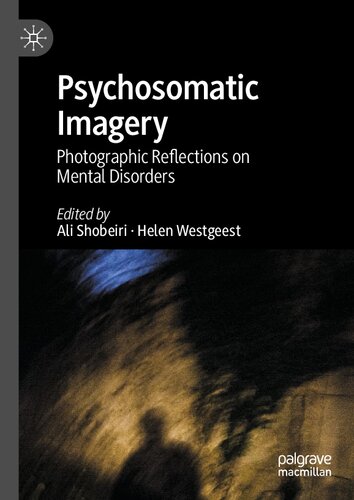

Most ebook files are in PDF format, so you can easily read them using various software such as Foxit Reader or directly on the Google Chrome browser.
Some ebook files are released by publishers in other formats such as .awz, .mobi, .epub, .fb2, etc. You may need to install specific software to read these formats on mobile/PC, such as Calibre.
Please read the tutorial at this link: https://ebookbell.com/faq
We offer FREE conversion to the popular formats you request; however, this may take some time. Therefore, right after payment, please email us, and we will try to provide the service as quickly as possible.
For some exceptional file formats or broken links (if any), please refrain from opening any disputes. Instead, email us first, and we will try to assist within a maximum of 6 hours.
EbookBell Team

0.0
0 reviewsThis book explores the potential of specific photographic images for reflecting on experiences of mental disorders. Instead of looking at photographs of (people suffering from) mental disorders, this volume aspires to comprehend the complexities of such conditions through photographic lexicons, metaphors, and practices. For this book, a mental disorder is not to be seen as a dysfunction or impairment, but a state in which the sustaining balance of stable and unstable mind is unsettled, which may induce mental/bodily disturbances. The term “psychosomatic” refers to the interaction of the mind (psyche) with the body (soma); it refers to their co-dependence. By the term “Psychosomatic Imagery” this volume refers to a distinctive trope of photographic images that deal with the body-mind interaction during the states of mental disorders. This novel theoretical framework in photography theory instigates critical discussions about the experiences of mental disorders visualized as disturbed corporeal and mental perceptions of the world. While the introduction of the volume unpacks and assesses the applications of photography in mental disorder studies from theoretical and historical perspectives, the chapters focus on specific cases of Psychosomatic Imagery in contemporary photography. Those cases include, but are not limited to: PTSD, hysteria, paranoia, psychosis, bipolar disorder, and Hikikomori.